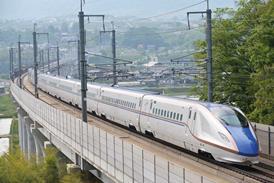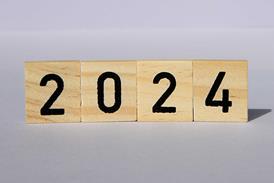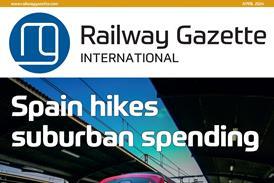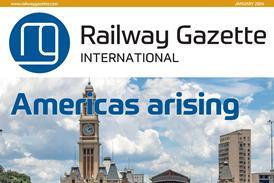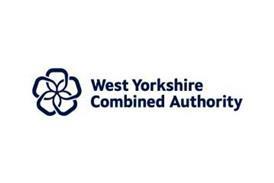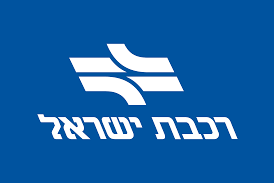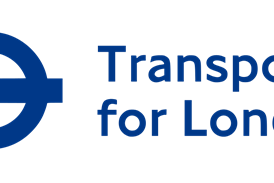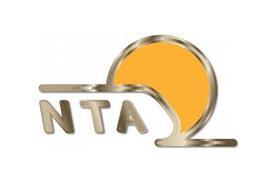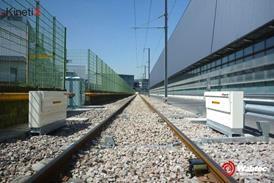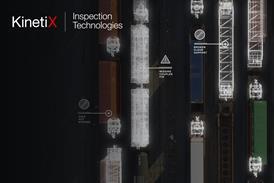ANYONE SEEKING advice on how to cut the cost of tunnelling and build a metro at a politically attractive price should attend the 55th UITP Congress in the Spanish capital on May 4-8. The President of Madrid Metro Manuel J Melis will outline to delegates his successful policy of building new lines at remarkably low cost, but for anyone unable to travel to Madrid we recommend reading the article Melis has contributed to Metro Report 2003, distributed to subscribers with this issue.
The real showcase in Madrid is Metrosur, a complete 40·5 km ring line built to serve a rapidly growing development area southwest of the capital. Providing frequent and rapid links between the towns of Alcorcón, Leganés, Getafe, Fuenlabrada and Móstoles, Metrosur has 28 stations and serves a population of over one million. Opened on April 11 (p252), the line is linked to central Madrid by an extension of Line 10 between Casa de Campo and Puerta del Sur. Other connections to the city are possible thanks to six interchanges with Renfe suburban lines C3, C4 and C5; connection to Line C3 at Getafe is via a new station built at El Casar.
Services will be worked by six-car Series 7000 trainsets on Line 10 and three-car Series 8000 trains on Metrosur. Both types have aluminium bodyshells and air-conditioning. Six-car formations are designed to carry over 1200 passengers at up to 110 km/h. Fitted with ATO and ATP, the trains use advanced communications technology supported by optic fibre links and Tetra radio.
Readers of Metro Report 2003 will also find a technical and commercial review of low-floor trams and LRVs, a report on performance benchmarking by some of the world’s busiest metro operators, and an article on the driverless technology adopted on Singapore’s Northeast line, plus reports from cities as varied as Perth, Leipzig and Nanjing. Copies can be ordered from Esco Business Services: e-mail caron.berry@esco.co.uk or tel: +44 1371 810433. n


